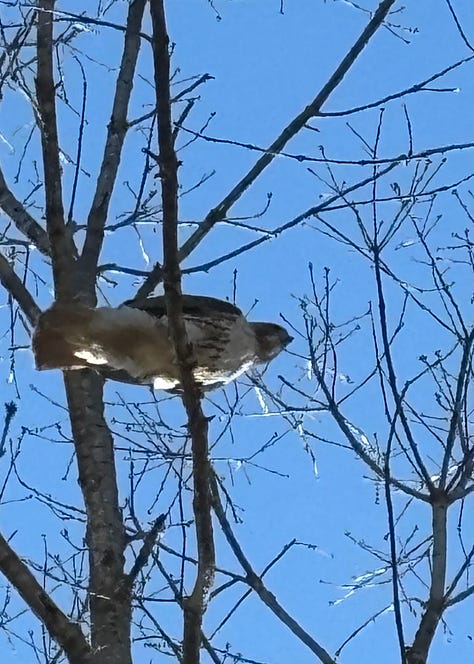
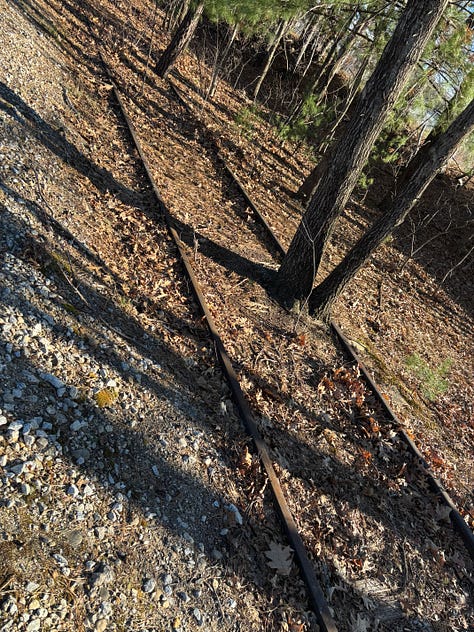


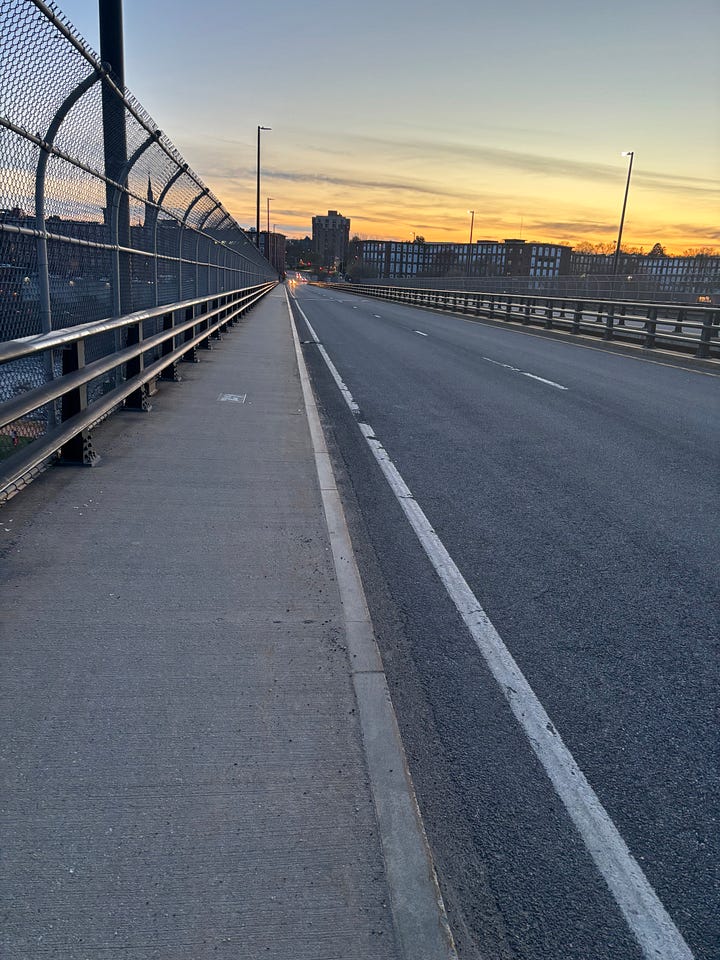

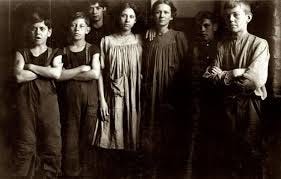
A few days ago, I found myself caught in the undertow of a major decision. It doesn’t really matter which one—what matters is the weight of it. It wasn’t life or death, but it carried within it the seeds of transformation: a choice about how I would spend a considerable amount of time, money, and energy—perhaps even the next chapter of my life.
So, I did what I often do when I'm stuck in my head: I walked. For three hours, a total of eleven miles, I set out to let my conscious mind unwind and to open myself to signs—something larger than me that might guide the way. My path wasn't through a lush forest or along a windswept coastline. It was through Manchester, New Hampshire—a city of brick and bone, once a crown jewel of America’s industrial past.
I live in one of those old decommissioned mills, its walls still humming with the echoes of labor—adult and child—who once bent their backs and dreams to the machinery of a promised better life. The grainy photos of their faces tell stories I can feel more than describe. Most were immigrants, drawn from across the globe, making decisions with consequences as sweeping as mine, if not more so. And I wondered, as I often do, about the price they paid, and what guidance they might offer now, if they could.
In my heart, I asked the Sicangu Lakota for guidance. I asked the Universe to speak clearly. If there was a sign, I promised I would see it. The decision before me was whether to make a journey—a pilgrimage, really—to a place I’ve never been, in hopes of discovering what comes next. Could I end a season of reinvention? Or does reinvention, once begun, simply continue, folding into itself like breath?
Crossing through one of the old mill gates that now leads to the Notre Dame Bridge, I headed downtown. Manchester is often called “Manch-Vegas”—a nickname that pokes fun at its small-city flash: bars and restaurants packed in tight, neon buzzing beside 19th-century red brick. But there’s soul here, if you know where to look.
I stopped to eat at a halal chicken and biscuit joint. On Easter Sunday, it was buzzing with families from South Asia, kids with toy superheroes, and elders sipping chai, catching up. One boy, maybe eight, holding two massive action figures, looked at me and asked, “What are you up to?” I told him I was off to see the world. “Good luck with that, my friend,” he said with zero irony. His Spider-Man Miles Morales shirt sagged him, maybe his older brother’s shirt. He was a traveler, too—clearly.
Elm Street, the main drag, gave way to car lots and antique shops, a candy store with deliciousness that could have been there thirty years before, and finally to the rail trail—my intended destination. I resolved to walk the entire thing, to its end near the airport, with no idea how far that would be. The sky was pale blue — late afternoon — the air undecided between spring and chill. I passed the austere rows of St. Augustine Cemetery. Likely, some of the very mill workers whose stories I carry in my bones are buried there. Those pictured above. I paused. Offered a silent prayer.
And then, it happened.
Just past the cemetery, approaching near the soccer fields and pond, a hawk swooped into view, landing on a branch no more than twenty feet ahead. Between us, a man and a fierce-looking Doberman crossed under the branch and disappeared down a spur trail. The hawk stayed. She saw me. I saw her. Her head moved with intention; her beak, curved and ancient, tracked my every step. There were no other pedestrians, no distractions. Just me and the hawk.
I remembered something the Lakota taught me: Hawk Medicine brings clarity and inner wisdom. I whispered thanks. She didn’t flinch. I took a photo, turned to search the meaning online—and when I looked up, she was gone. No sound, no shifting of the branch. Nothing but clear sky where she had perched.
Was it real? Was it imagined? The photo on my phone confirmed it wasn’t a vision. It happened. And yet, the silence of her leaving stays with me, like a secret.
I walked on, following the trail past the freeway, across the new trestle bridge spanning Cohas Brook, to the edge of the city. A plane soared overhead—louder, less graceful than my hawk, but still part of the same sky. I had my answer. Maybe I had more than I came for.
Toward the end of the trail, under one of the road bridges, a graffiti artist—probably in her fifties—was tagging the concrete in loose script. I often say part of the phrase she was writing, but never the whole. She finished it beautifully:
“Everything is Nothing is Everything.”
And so it is.
And so it is.
Curated Listening:
One of the best New Jack hits of the last decade, with a beat that is “everything,” is Blackstreet's “No Diggity,” featuring Dr. Dre and Queen Pen. Enjoy “No Diggity” HERE.

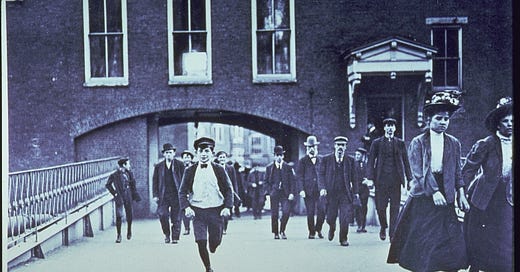


Animal messengers abound in this world, if one is willing to see.